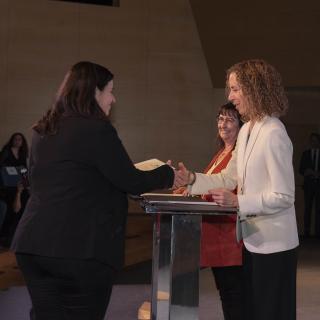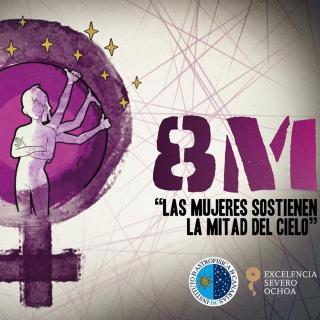
Using observations made with the Gran Telescopio Canarias (GTC) a study led from the Instituto de Astrofísica de Canarias (IAC) and the Universidad Complutense de Madrid (UCM) has confirmed that the asteroid 2023 FW14, discovered last year, is accompanying the red planet in its journey around the Sun, ahead of Mars and in the same orbit. With this new member, the group of Trojans which accompany Mars has increased in number to 17. But it shows differences in its orbit and chemical composition which may indicate that it is a captured asteroid, of a primitive type. The results are published in
Advertised on



